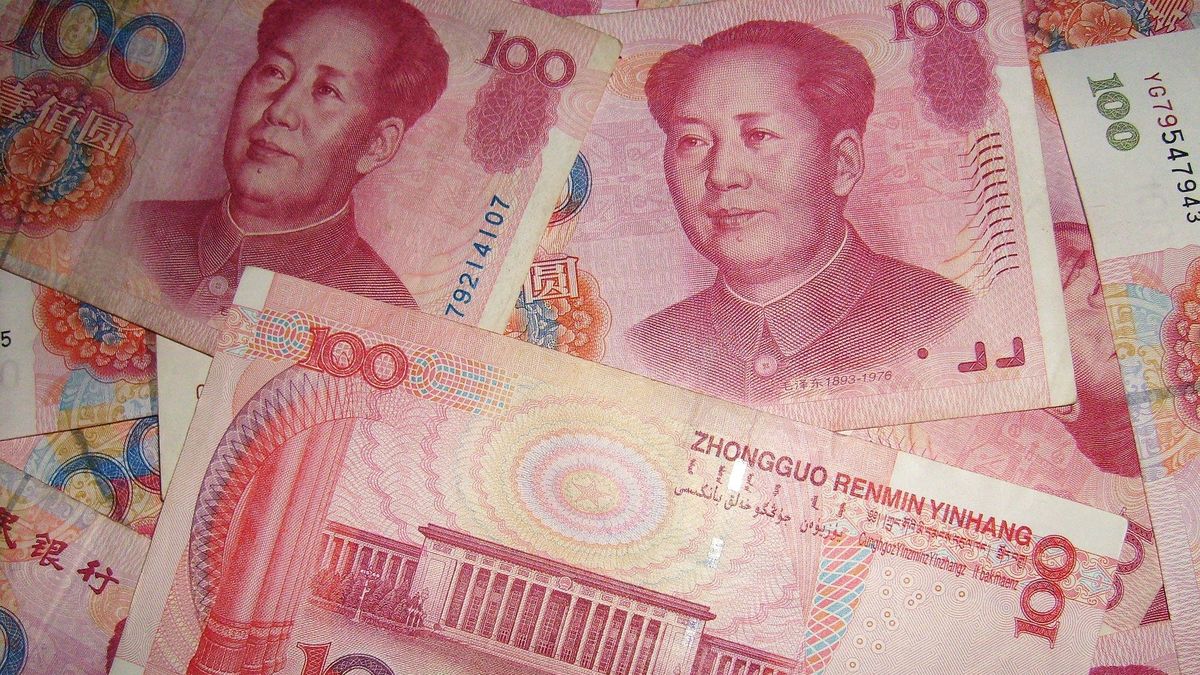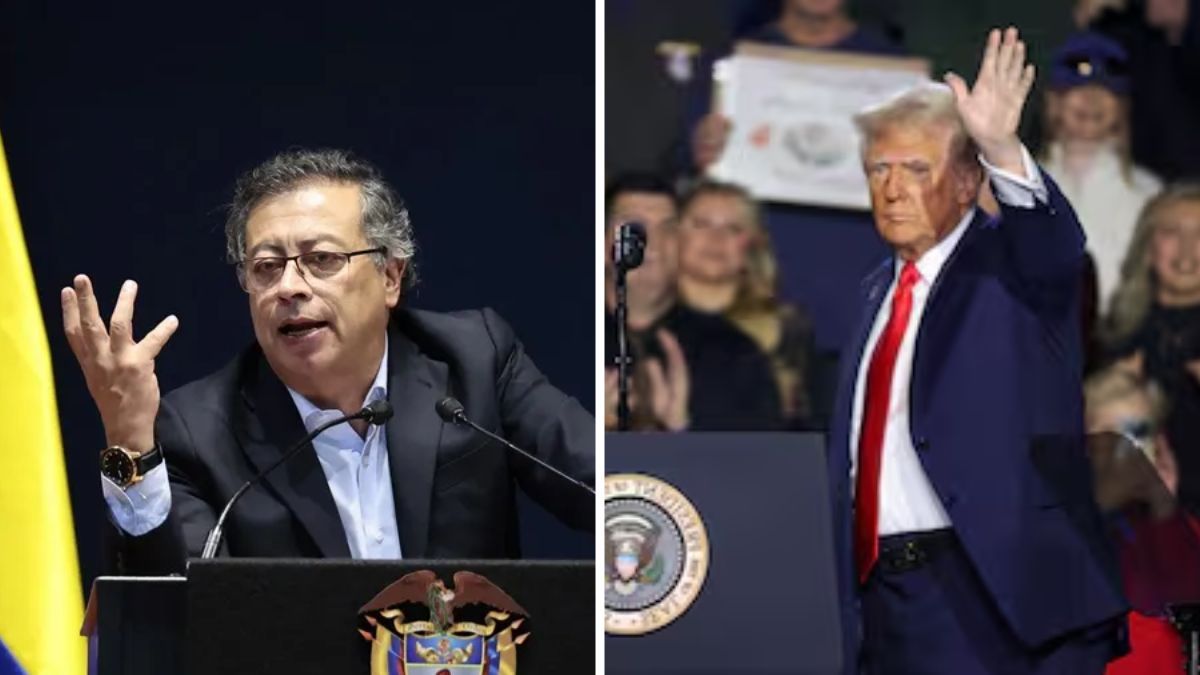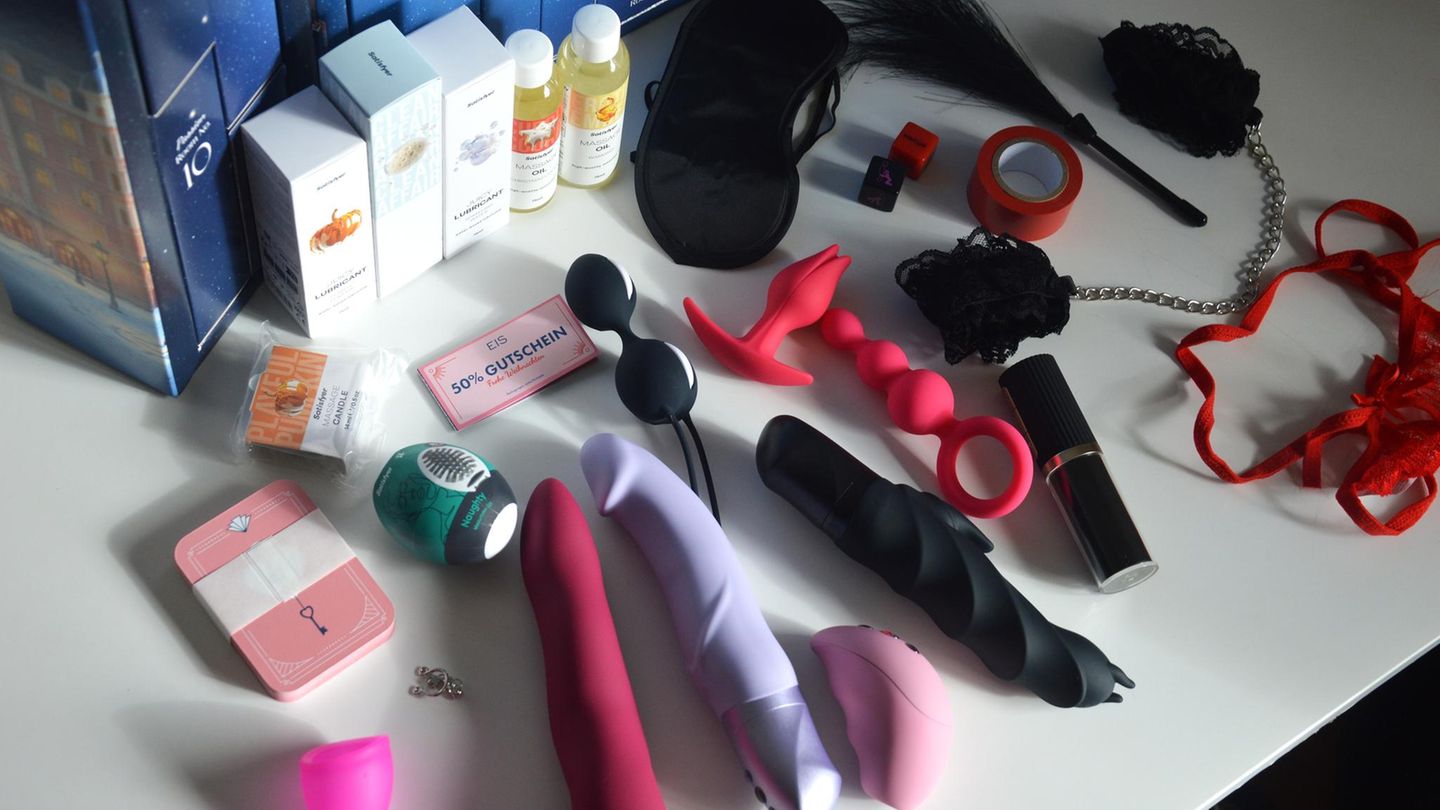In that conference call in the midst of the pandemic, the Argentine head of state proposed to his Chinese counterpart a fundamental change of status; that, respecting the oriental culture, a long study from Beijing to be able to accept the Creole claim. This delayed his time, and it was only during Alberto Fernández’s trip to China last month that the issue received responses from the government of that country; including the extension of the swap in approximately US$3,000 million more (the final amount will be known in days). But, fundamentally, flexibility for its use; thing that should change the position that the local market has on this money.
That day in September 2020, Xi Jinping was clear and direct with Alberto Fernández, yesterday when he gave him a concrete signal about the macroeconomic situation in Argentina. The president of the People’s Republic of China gave him free rein to use the swap agreed between the central banks of both countries. but that he had to wait for the final analysis and the last endorsement from the highest Chinese monetary entity. The permission included the possibility of not tying the swap to foreign trade between the two states or to payment to Chinese suppliers in local public works; such is the reason for the origin of the accounting credit between the eastern country and Argentina.
If the theory of the president of the Central Bank, Miguel Pesce, is followed, its use will only occur in the face of extreme need; and with the certainty that the foreign exchange market will understand that it applies in the face of the upcoming arrival of good news that warrants making that decision. Otherwise, they understand in the economic cabinet, having all or part of the deposit for some US$18.6 billion to control the dollar market would exacerbate the crisis, encouraging a “destituting financial blow to the speculative market.” Since the country is supposed to enter a stage (by agreement with the IMF) of a certain supply of dollars, it would be time to move from accounting for Chinese dollars from extreme reserves to available ones.
Those times of September 2018 are in the memory; when, two years ago, Luis Caputo finished his job as president of the Central Bank, after having made use of some $2,500 dollars from the “Stand By” signed with the International Monetary Fund (IMF) to try to contain the dollar. On September 24, Caputo resigned, after having spent that money without obtaining important achievements in terms of controlling the exchange market; he having also used the “silver bullet” of the possibility of using dollars from the agreement with the Fund to stabilize the exchange rate. After that situation, for the Macri government, everything went downhill until the fateful PASO of August 2019.
At some point in recent weeks, the BCRA and the economic cabinet discussed the possibility of applying part of that Chinese money to increase liquid reserves, close to US$5 billion (or less). The idea was to immediately take that money to a level above US$10 billion, and from there begin to implement a restrictive policy for access to financial dollars.
But with a stronger position in the market. The government does not look at the potential of the “swap” dollars as a mechanism to reassure (or threaten) the financial market and the demand for dollars; but the possibility of using at least part of that money to finance imports, fundamentally industrial, that have an absolute guarantee of re-entry for the final exports of the sectors to which the money is destined. For example, the automotive industry. This would free foreign currency for other financial activities that the BCRA has in mind, such as complying with what the country will commit to the Monetary Fund to guarantee the competitiveness of the exchange rate; without this generating concerns in the foreign exchange market.
A “swap” is a mechanism by which Argentina and China agree to eventually enable currency exchange, without the intervention of third currencies; in this case, the dollar. The capital contribution is made by the Central Bank of China, under the certainty that the original yuan will eventually be used. Meanwhile, until the change is executed, they remain freely available to the depositor.
In this case, the BCRA. The first agreement of this type was signed in 2009 during the presidency of Martín Redrado in the BCRA, to strengthen safeguards against possible international crises and when reserves reached a record 15% of GDP. In total, that closed agreement was for about US$10.2 billion over three years, with the option of extending the term. Redrado negotiated it with his Chinese counterpart, Zhou Xiaochuan, to agree on an exchange of currencies that both countries could request from each other and that would then have to be repaid.
The operating permits for the BCRA were extensive. The yuan could be converted into dollars in international markets, or directly used for bilateral exchange. Or, failing that, keep them as part of the reserves denominated in the US currency. The second movement with China was activated in the third quarter of 2014, during the management of Axel Kicillof in Economy and Juan Carlos Fábrega in the BCRA, for some US$3.8 billion, transferred in the last quarter of that year. The novelty of this operation was that it was justified by the beginning of the works for the lifting of the Cepernic-Kirchner dam in Santa Cruz, which the Chinese construction company Gezouba had won in a tender in partnership with the local Electroingeniería from Córdoba. The total agreement was for some US$11,000 million, in successive settlements depending on the progress of the works.
Source: Ambito
David William is a talented author who has made a name for himself in the world of writing. He is a professional author who writes on a wide range of topics, from general interest to opinion news. David is currently working as a writer at 24 hours worlds where he brings his unique perspective and in-depth research to his articles, making them both informative and engaging.




